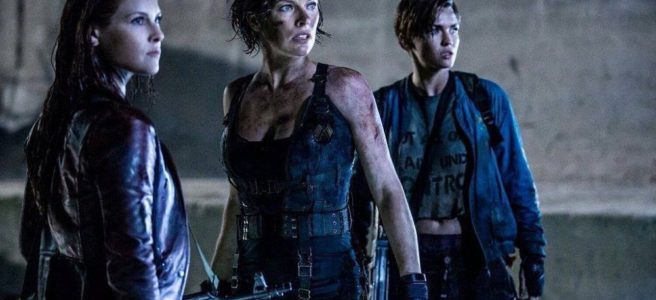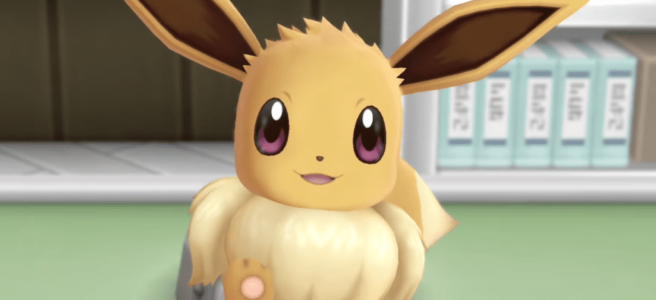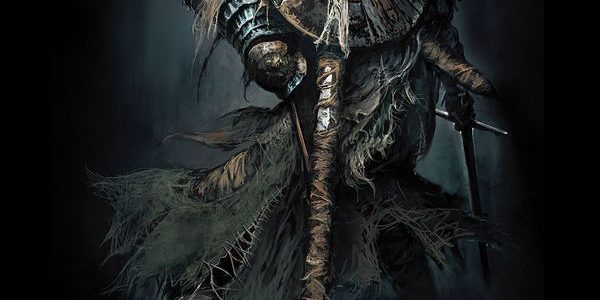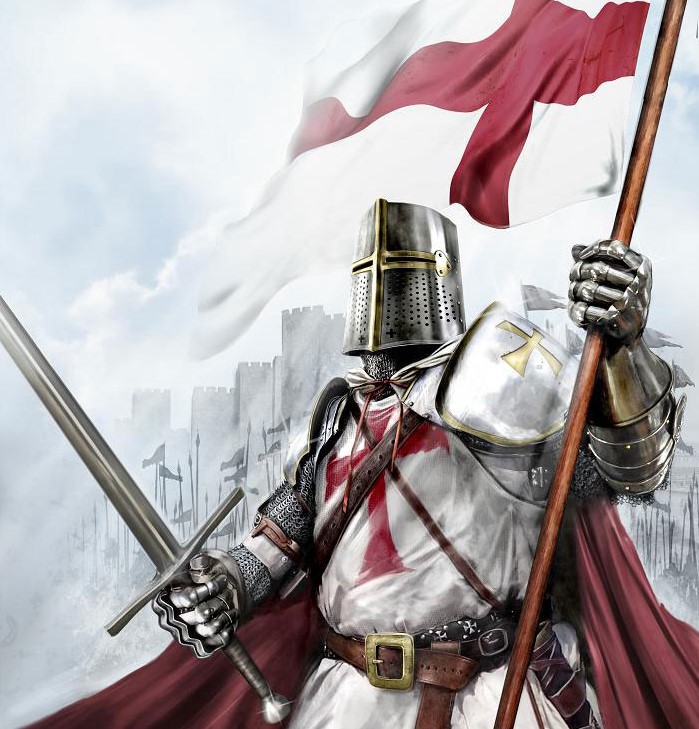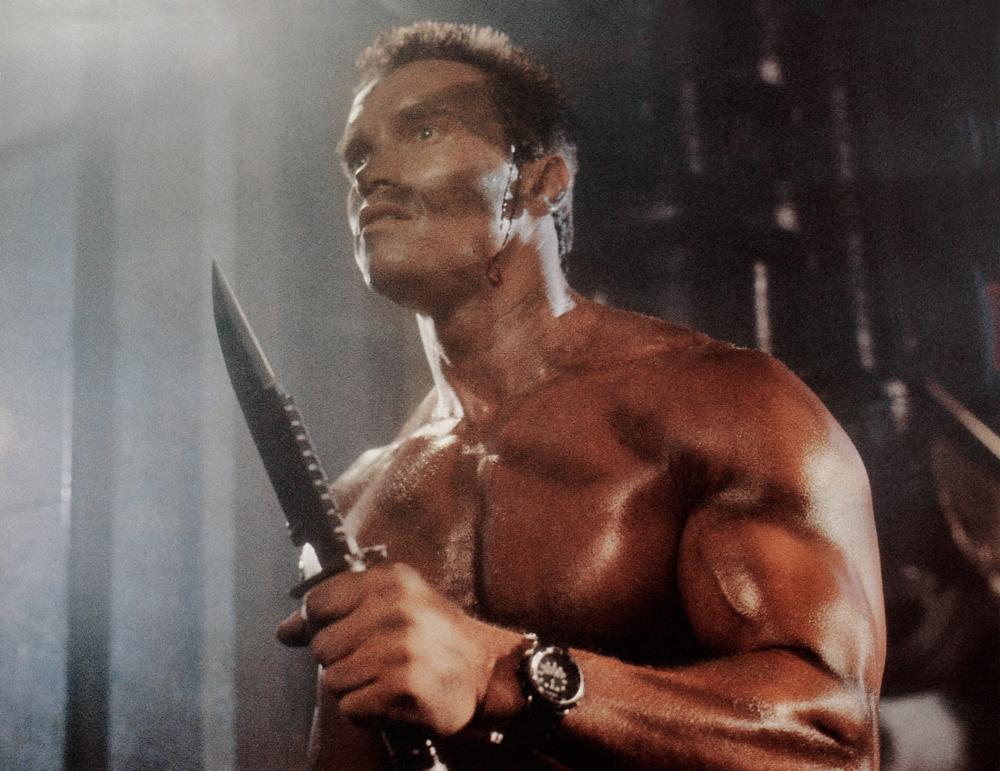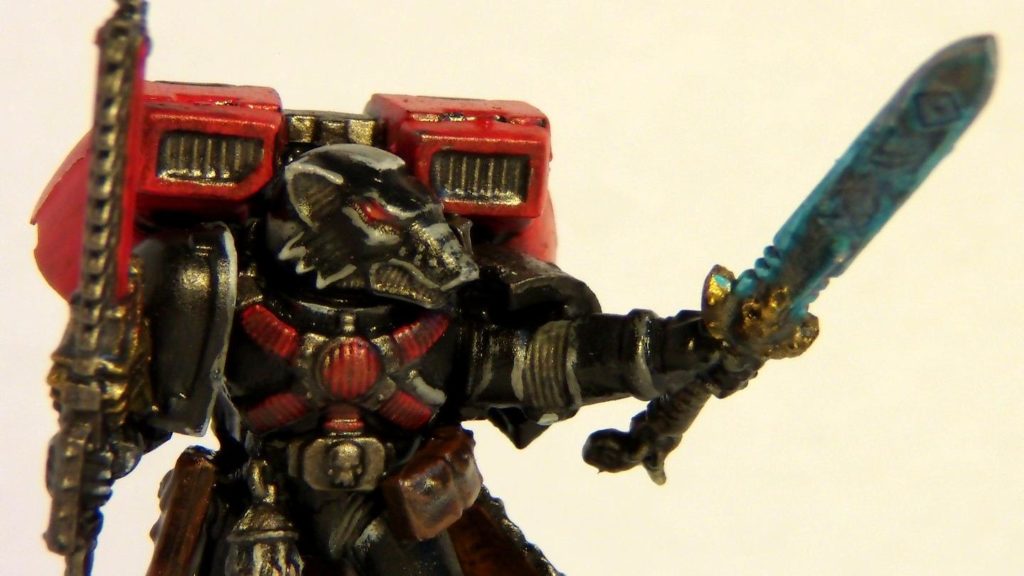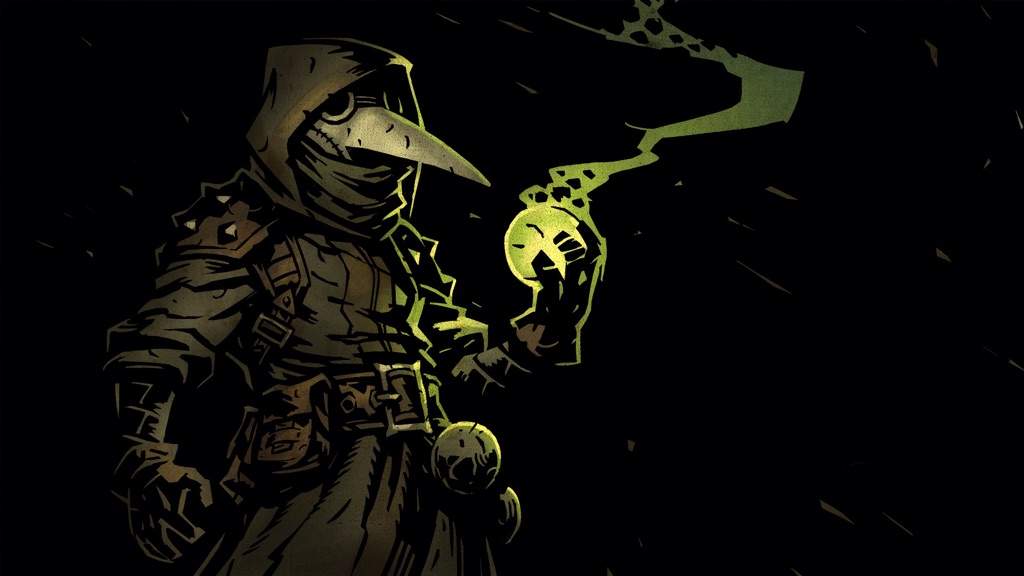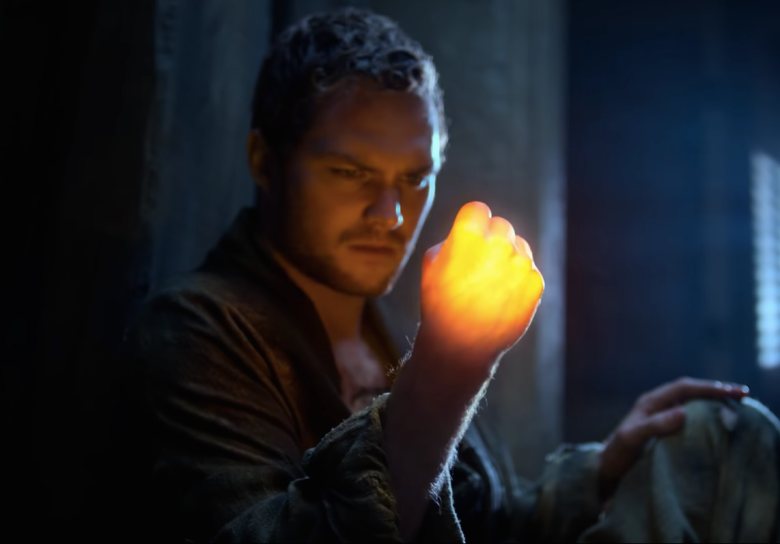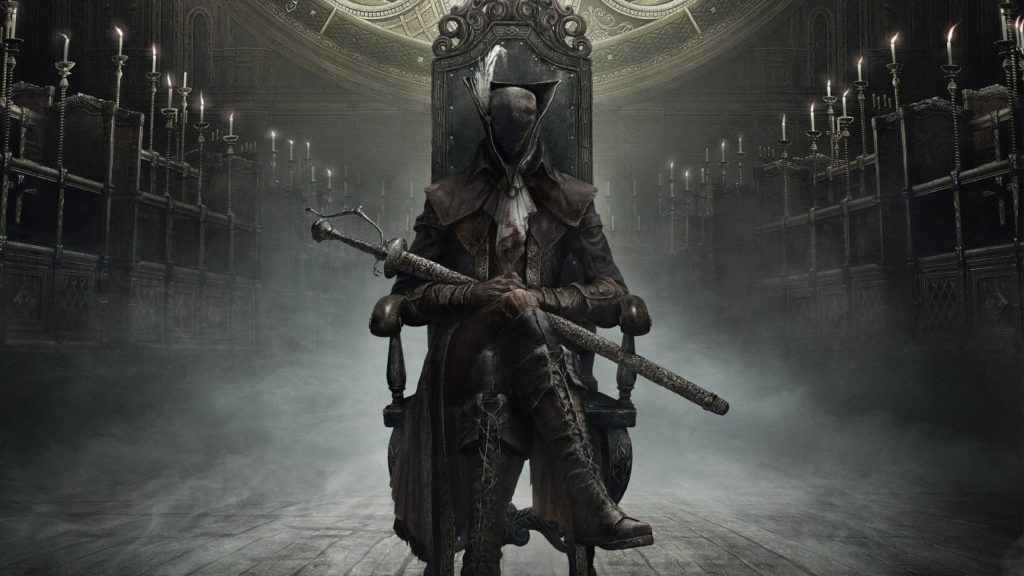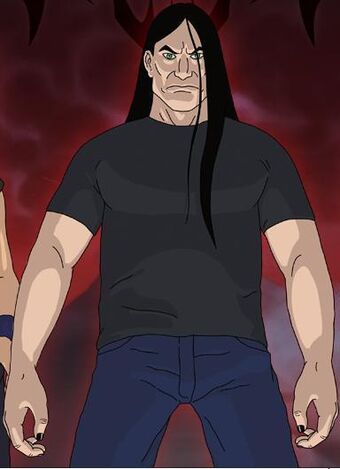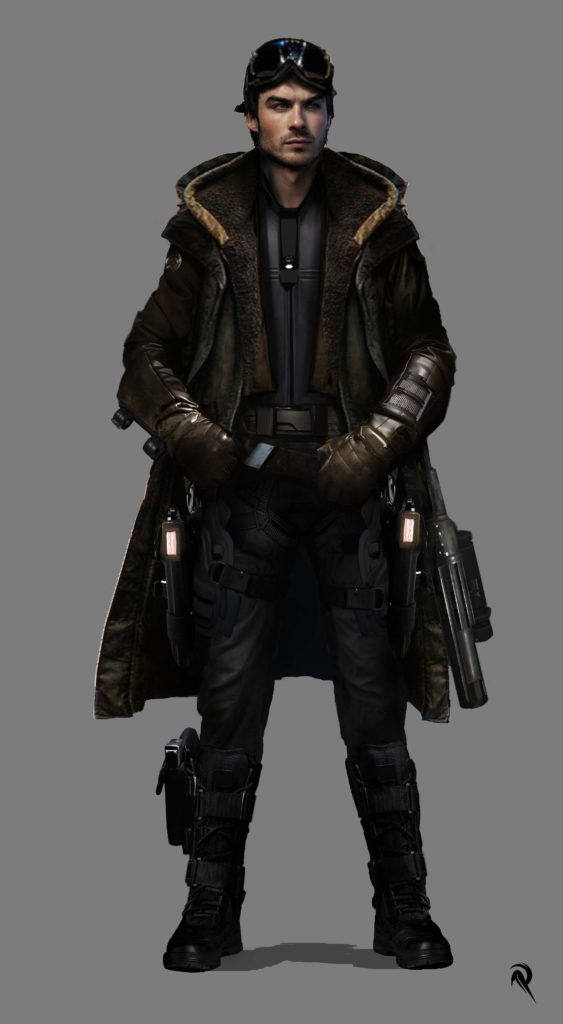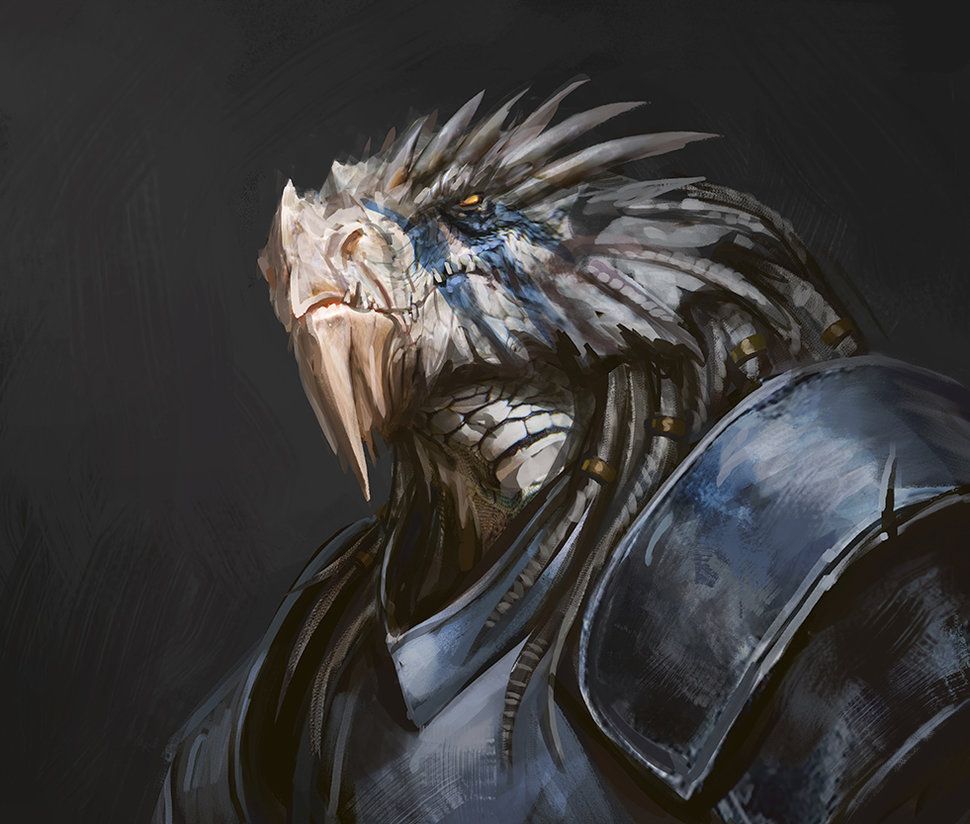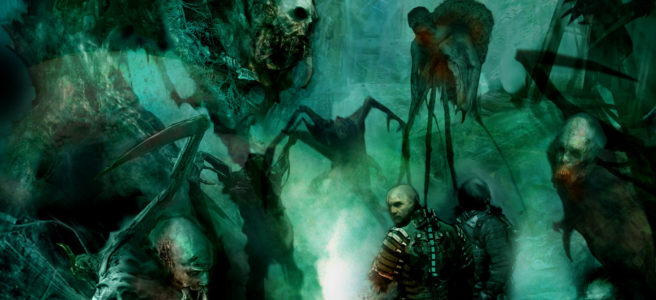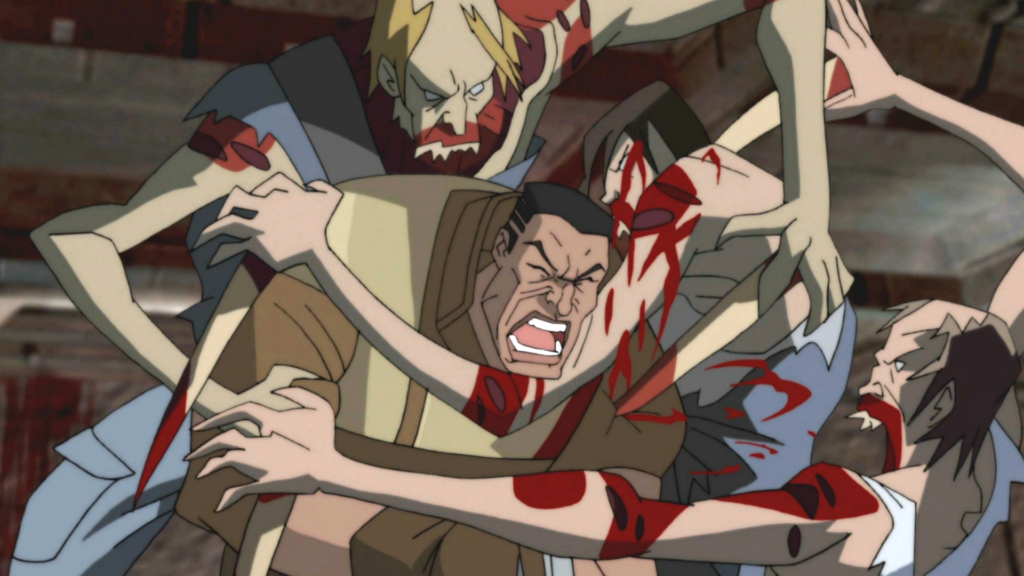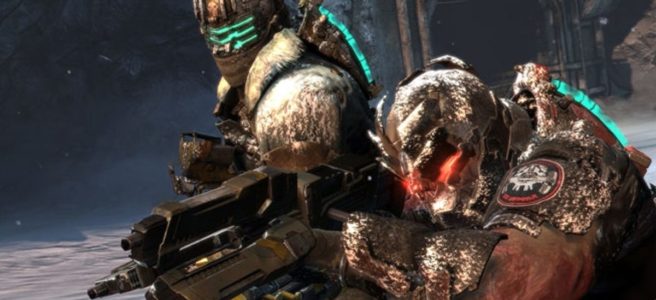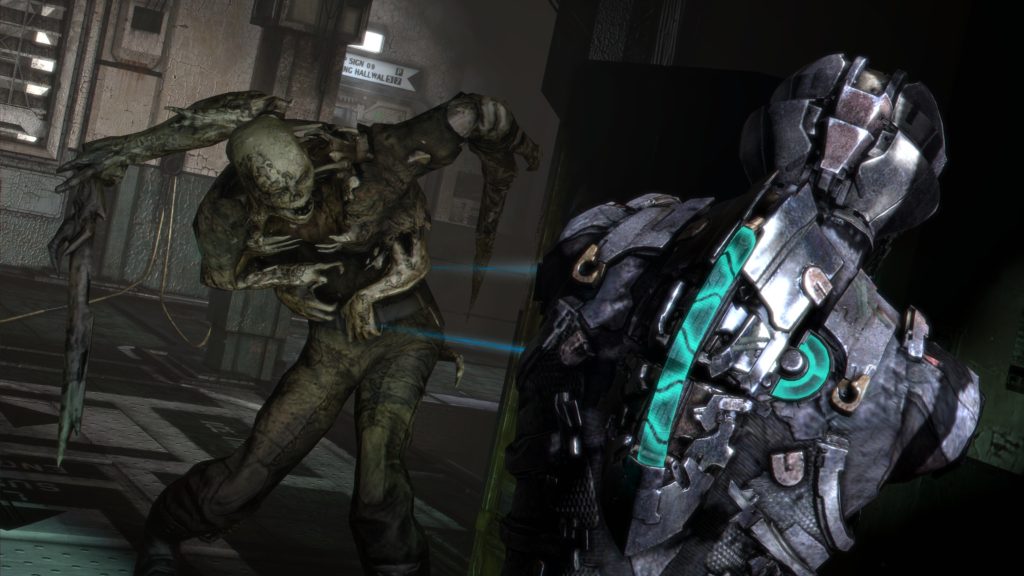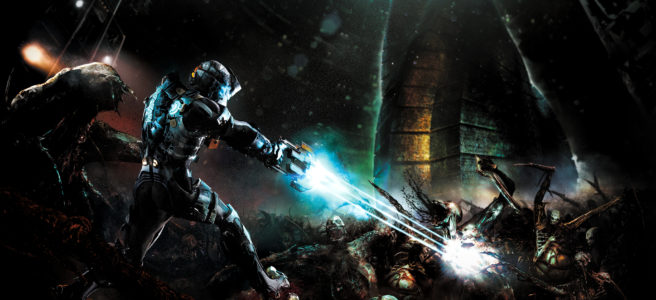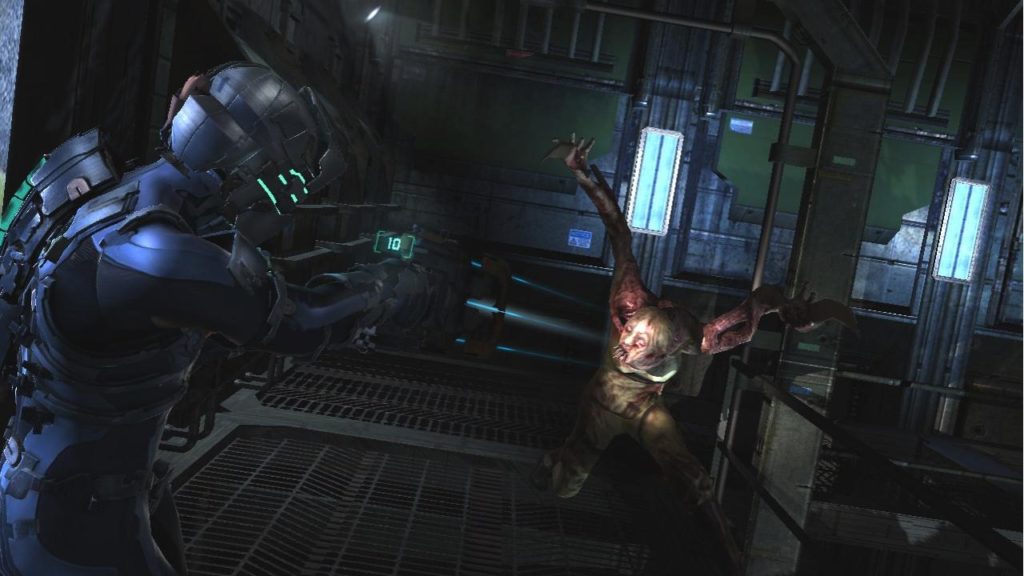Welcome back to the Resident Evil retrospective!
…yes, you read that correctly. It’s been more than seven years now since I did my retrospective of the live-action Resident Evil film franchise. However, at that time the final film in the franchise, the aptly-named Resident Evil: The Final Chapter, had not come out yet and so it wasn’t included in the retrospective. I’ve mulled over the idea of doing a “Retrospectives Round-up” for a long time, covering the newest films in franchises that I’ve covered in the past and as we close in on our 300th blog post on IC2S we’re finally getting around to doing it. We’re going to start with Resident Evil today and then over the course of the week we’ll catch up on the new entries in the other retrospective series. Got it? Alright, let’s dive in and see if the Resident Evil franchise could go out on a high note…
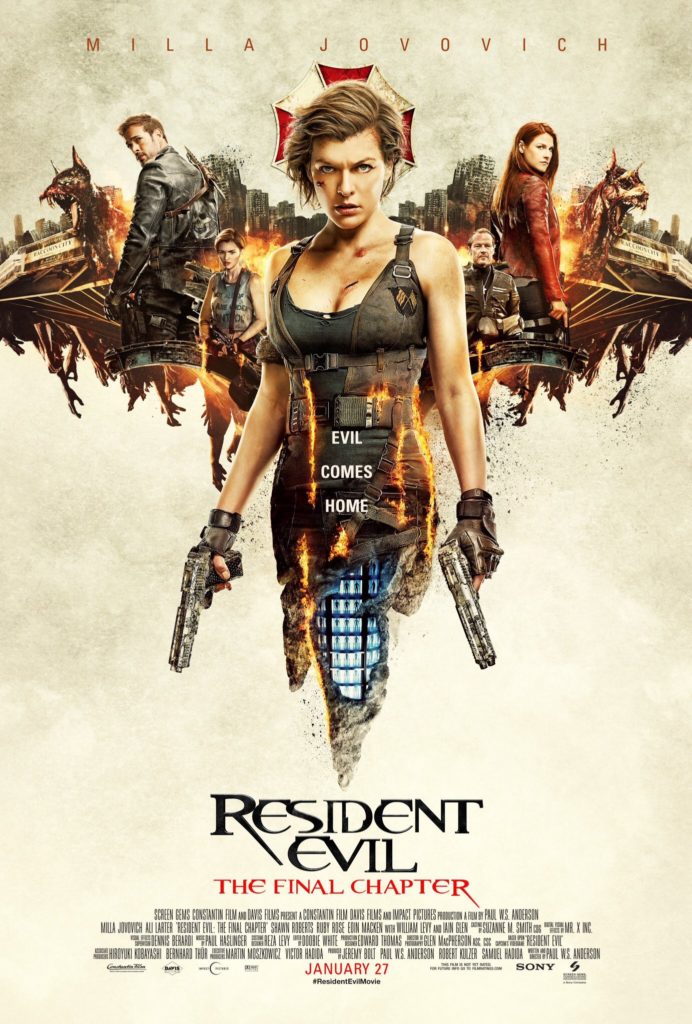
Production
After the financial success of Resident Evil: Retribution, it was inevitable that the Resident Evil franchise would continue to shamble on. Early on the producers bandied the idea that there could be two more films in the franchise before it would be rebooted, but by December of 2012 Paul WS Anderson confirmed that the sixth film would be the final one in this continuity. Anderson signed on to direct, committing to the project after he was done work on his historical disaster-epic, Pompeii… and, well, we know how that turned out. Production was continually delayed on this film. Even when it looked like filming was about to begin in August 2014, they had to delay again for another year when it was announced that Milla Jovovich was pregnant with her second daughter.
For the cast, obviously Milla Jovovich returned once again to give Alice her last hurrah. For the other returning cast, Ali Larter reprised her role as Claire Redfield once more, while Shawn Roberts returned as Albert Wesker. Iain Glen was also announced to be returning as Dr. Isaacs, despite being killed off in Extinction. Disappointingly, these are the only characters who make their return. Despite being the grand finale, major characters like Jill Valentine, Chris Redfield, Leon Kennedy, Ada Wong and even freaking Becky (the surrogate daughter Alice was shoe-horned into adopting in the previous film) don’t return and are killed unceremoniously off-screen. I’d say it’s a middle-finger to the fans, but then again it would almost be weird if Resident Evil started caring about narrative continuity at this point. In their place, several new characters were introduced, played by Ruby Rose, Eoin Macken, William Levy, Fraser James, Rola and Lee Joon-gi.
Production was finally able to get underway in earnest in July 2015, with filming beginning in South Africa sometime in August or September. Unlike the previous two films, The Final Chapter was shot in 2D and then converted to 3D in post-production. Filming lasted just over three months and was wracked with disaster. Four crew members were injured during filming, the first being Jovovich’s stunt double, Olivia Jackson, who collided with a camera crane that failed to move during a motorcycle stunt. The accident crushed her face and caused half of it to be torn off, severed an artery in her neck, paralyzed her arm, broke several bones and tore five nerves out of her spinal cord (among many other injuries)! It was so bad that they had to put her into a medically-induced coma for two weeks and amputate her paralyzed arm. Then, near the end of filming, crewmember Ricardo Cornelius was freaking crushed to death by a Hummer, holy shit! Anderson, what the fuck is going on on your set!? Even worse, when Jackson sued the production in 2019 it came out that the producers’ insurance for stunt performers was wholly inadequate, not even providing coverage for medical care! Suffice to say, Jackson accused the producers of “elevating financial considerations over safety” and won the lawsuit. Apparently this isn’t new for the Resident Evil franchise, which has seen the hospitalizations of at least fifteen crew members over the years, a shocking number considering that most major franchises are able to get by with zero injuries, let alone fatalities.
If finances were all the producers cared about though, then The Final Chapter did not disappoint. While it grossed only $26.8 million domestically (significantly less than any previous Resident Evil film), its international haul was much higher, resulting in a worldwide total of $312.2 million, making it the highest-grossing film in the franchise. Of this total, more than half ($160 million) came from the Chinese box office. Also worth noting is that the film’s budget was only $40 million – adjusting for inflation, this is by far the lowest budget for any live-action Resident Evil film.
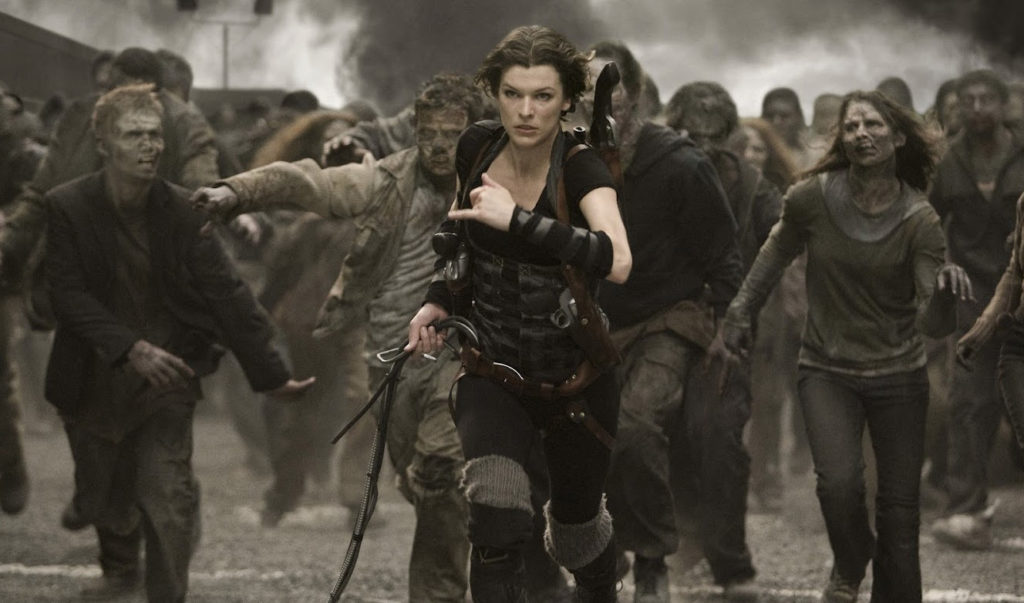
Plot Synopsis
Like most of these films, The Final Chapter opens with a voice-over exposition dump by Alice, who reveals that the founder of Umbrella had a daughter named Alicia who was dying of progeria, a disease which caused her to age rapidly. He developed the T-virus to try to save her, but it is soon discovered that it has the unexpected side-effect of creating zombies. When the founder tried to shut down production of the virus, he was stopped by Dr. Isaacs, who had Albert Wesker assassinate the founder and performed a hostile takeover of the company.
Cutting back to the present, we find Alice in the ruins of Washington D.C. The heroes were betrayed by Albert Wesker at the end of Retribution (who saw that coming) and everyone except for Alice was killed. She encounters the Red Queen, who tells Alice that she wants to stop Umbrella but her programming prevents her from doing so directly. Therefore, she needs Alice to act on her behalf, as she estimates that there are only 48 hours left until the last pockets of human resistance are wiped out by the zombie hordes. She tells Alice that the only way to do so is to travel back to the Umbrella Hive in the ruins of Racoon City, where an airborne anti-virus has been developed.
Alice fights her way across the country, killing monsters and Umbrella soldiers on the way, until she is captured by Dr. Isaacs and his convoy of Umbrella tanks which are leading the zombies back to Raccoon City. Alice escapes on an Umbrella motorcycle and then makes it back to Racoon City first, where she encounters Claire Redfield and a band of survivors, including Claire’s new boyfriend, Doc. The group defend against the zombie onslaught, burning the zombie hordes and killing most of the Umbrella soldiers (although a wounded Isaacs manages to escape). The group then decide to break into the Hive to save humanity, dealing with more zombies and defenses as they go.
When they finally make it into the Hive, the Red Queen reveals that Isaacs has been planning on using the T-virus to cleanse humanity and create a new world on Umbrella’s own terms. To that end, the airborne anti-virus will be released once the rest of the human resistance is wiped out and the rich and powerful being kept in cryogenic storage in the Hive will be revived to inherit the Earth. She also warns Alice that Umbrella has an agent among the ranks of her companions.
After losing several team members to traps, Alice sets bombs throughout the facility and confronts the real Dr. Isaacs. It is revealed that the other two Isaacs we have encountered so far (as well as basically every other character who has been miraculously resurrected to this point) were actually clones who thought they were the real thing. It is also revealed that Doc is the traitor as Claire and Alice are captured by Wesker. Isaacs then revives Alicia and reveals that Alice is actually her clone (shocker). Before Isaacs can eliminate them, Alicia fires Wesker, which allows the Red Queen to attack and fatally wound him. Claire executes Doc and Alice chases after Isaacs, stealing the anti-virus from him and seemingly killing him by detonating a grenade in his pocket.
Alice escapes from the Hive and tries to release the anti-virus as the clock ticks down, but Isaacs appears out of nowhere and stops her. However, then the clone Isaacs Alice had fought earlier arrives and, believing himself to be the real Isaacs, kills him before being killed by the zombie hoards. In the confusion, Alice unleashes the anti-virus, which immediately spreads out in a cloud and kills all of the zombies. The bombs in the Hive detonate and kill Wesker, Alicia and the rest of Umbrella. Claire wakes Alice sometime later, who is thanked by the Red Queen by uploading Alicia’s childhood memories into Alice’s brain. She then rides out into the wilds, searching for any remaining pockets of survivors or T-virus holdouts.
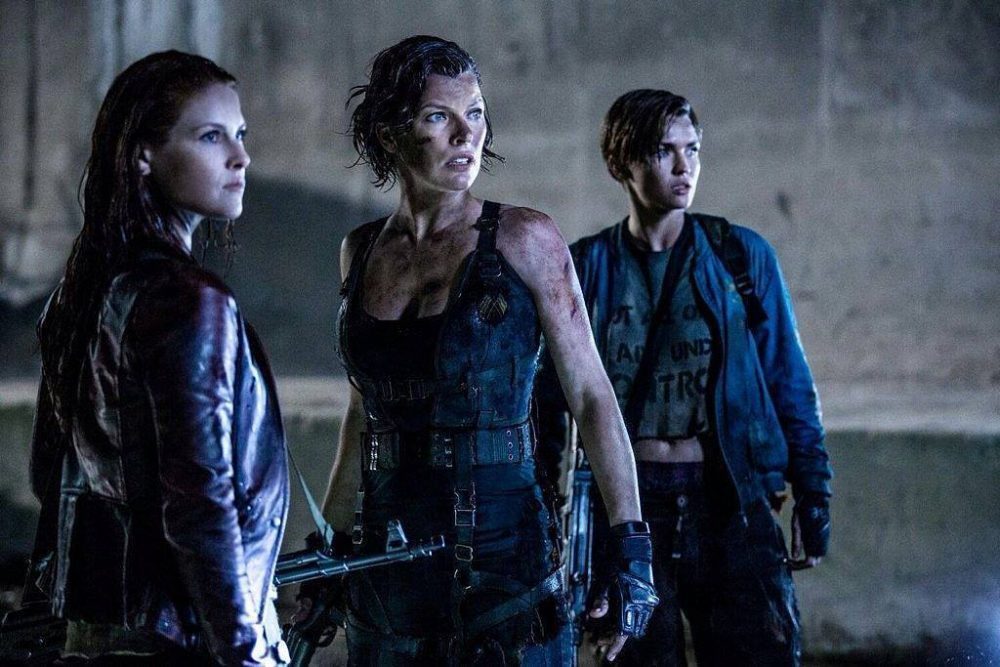
Review
I’m not exactly sure what I was expecting from The Final Chapter. It’s by far the highest-reviewed entry in the franchise, up there with the original (which is still, somehow, considered one of the best video game movies of all-time despite being crap). I guess I was hoping that it would be a fun but dumb experience, akin to Extinction or Afterlife, moreso than a mind-numbing ordeal like Retribution. Unfortunately, The Final Chapter is much closer to the mold of Retribution than anything else, providing a particularly loud, dumb and unsatisfying conclusion to the franchise.
The first big issue is that The Final Chapter is what it says – it’s the big finale and therefore it needs to feel suitably climactic. Unfortunately, its obvious that the plots of every single Resident Evil movie were made up on the fly, cockteasing us with amazing cliffhangers at the end of each movie, only to completely retcon everything by the time the next one rolls around. The Final Chapter is pretty bad for this. Oh wow, Retribution ends with a huge siege at the White House with a bunch of iconic Resident Evil characters, good and evil, in the mix? Well I hope you didn’t want to see how that goes, because everyone dies off-screen except for Alice (yes, even Becky, whose shoehorned surrogate daughter storyline was the entire point of Retribution, she gets dropped without a single reference to her). With the slate wiped clean again, Anderson sets about making up entirely new plot developments to bring this whole series to a close. Wow, Game of Thrones really took off, let’s make Dr. Isaacs secretly the main villain all along, even though he died! Oh, and let’s reveal this during a big exposition dump at the start of the film, perfect! Can’t forget to make it so that Alice was actually a clone of the Umbrella founders’ daughter… because reasons! Oh and we’ll bring back Claire Redfield as well, but we can’t let her actually do anything, because then Alice won’t be as special!
The Final Chapter also has the unenviable task of trying to plug holes that the previous’ films created (and even this film in some cases). Foremost amongst this is why the hell Umbrella are so stupid that they managed to wipe out their entire consumer base and yet are still operating all this time. The Final Chapter reveals that this was actually always intended, Umbrella has been trying to wipe out humanity so that their chosen few can repopulate the world and have all the resources to themselves. It’s idiotic, but it almost works… until you remember that the first film is all about Umbrella soldiers trying to contain the outbreak and subsequent sequels have Umbrella still trying to create bio-weapons for use in war (not to mention injecting themselves with the T-virus they’re going to wipe out soon), so it’s obvious that they’re just pulling this out of their ass at the last minute. The Final Chapter also reveals that everyone who has died and been resurrected at this point in the story? Secret clones! Considering what has been established in the franchise to this point, it kind of makes sense, but it just feels so much dumber. Around the mid-point of the film Alice tells Claire that Isaacs is alive, to which Claire says “I thought you killed him?” Alice just replies “I thought so too” and the scene moves on. It made me laugh, but that really should have been as far as they went with it, it’s the only explanation that is needed. Revealing that there are clones means that they actually put a bit of thought into this, but it just begs the question of why they would have a bunch of clones running around in the first place. Just go the route of The Fast & The Furious – with dumb fun you don’t have to dwell on the hows and whys.
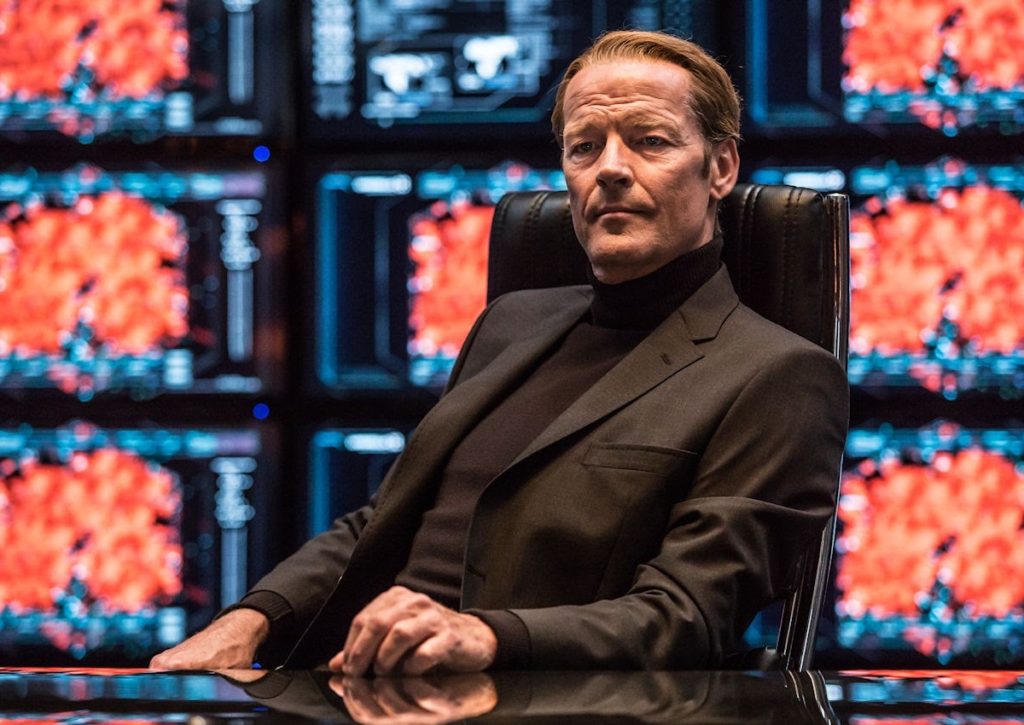
Like most Resident Evil movies, the characters are also a big Achilles heel for this film. Alice is… Alice. Whatever you thought about her before, you’ll still feel it after this is over. I don’t care about her character at all, and it’s infuriating how everyone else gets kneecapped to make her seem cool, but six movies in it’s undeniable that Milla Jovovich has mastered the art of playing a badass woman, so it’s nice to see her get to ride into the sunset with her signature character. And as much as I love Ali Larter’s Claire Redfield, she gets nothing to work with here, to the point where she could have easily been written out entirely. Iain Glen’s Dr. Isaacs is also completely different in this film, to the point where I’m convinced they only brought him back because of his newfound popularity in Game of Thrones. He is now suddenly a religious fanatic, a trait which this film clubs us over the head every chance they get. He’s an okay villain I guess, but considering that he was a low-key, one-and-done villain in Extinction, he feels far less impactful than if, say, they had made the more over-the-top and slimy Albert Wesker the villain for this finale. As for the rest of the survivors… meh? They’re a bunch of personality-less nobodies. Hell, I was expecting Ruby Rose to get more of a role so when she gets minced early on in the Hive that was one of the few real surprises in the film, but that wasn’t because I had any sort of attachment to her character.
Being a Resident Evil retrospective, I feel duty-bound to point out some of the most ridiculous parts of this movie’s plot that I haven’t gone over already. First of all, the film’s literal ticking clock is ridiculous. The Red Queen tells Alice that she estimates that the last pockets of humanity will be wiped out in 48 hours by the zombies unless the T-virus can be stopped. So Alice releases the anti-virus but it’s at the last second… sooooo, umm, did the Red Queen get it wrong and everyone had died early? Even if she didn’t, that anti-virus is going to take ages to actually reach any of the disparate bastions of humanity, so odds are that it did jack-shit to save anyone outside of Raccoon City. Oh and what few humans we know for sure were alive died infiltrating the Hive and/or got blown up with the Umbrella executives. Good job, Alice! There’s also a whole action sequence which revolves around Umbrella having GI Joe tanks – Alice punches open an easily-reached emergency hatch on the exterior of the tank, which deploys a motorcycle she uses to outrun the Umbrella forces. Then there’s the scene where Ruby Rose gets sucked into a giant fan blade. This is hilarious because we literally just saw that the fan blades have no suction to them, but Wesker reverses their direction and suddenly they’re sucking harder than Superhead? The funniest sequence though is when Alicia and Dr. Isaacs start debating about who owns Umbrella… like, in this case I get that it’s to establish the twist that Alicia can fire Wesker (which begs its own questions about labour laws, but whatever), but it’s the freaking apocalypse, nearly every human has been wiped out, money doesn’t matter anymore, who cares who owns the damn company!? Seriously, it’s another moment which highlights the stupidity of Umbrella more than anything. And lastly, the movie makes a big deal out of including yet another laser hall sequence. This might have been a cool callback to the original film, especially since this takes place in the same location… if we hadn’t had laser hall call-backs in all but one of the subsequent sequels. Here I just sighed and said “Oh my fucking God, another one?”
Okay fine, the story sucks and I don’t care about the characters. That’s to be expected with a Resident Evil film, I’m just here for the action. Unfortunately, that brings me to the next issue with The Final Chapter, for a film which is almost non-stop action sequences, the action is really underwhelming. This is because the way the action is shot and edited is the worst we’ve seen in the franchise since Apocalypse. As much as I hated it, at least Retribution tried to replicate the gorgeous slow-motion action scenes from Afterlife. The Final Chapter instead feels like it’s trying to emulate freakin’ A Good Day to Die Hard of all things, with constant, rapid-fire editing which makes every action sequence incomprehensible, disorienting, annoying garbage. Seriously, I was watching for this and the average shot length in this film can’t be more than a second at most – the action sequences barely hold for half a second and even dialogue scenes cut constantly. It’s supposed to be exciting and fast-paced, but it’s just exhausting. The action is also let down by the fact that the film does nothing to establish geography and therefore you can’t build up any sort of tension (think Raiders of the Lost Ark when Indiana Jones is fighting his way up the convoy – we know where everyone in the convoy is and where the objectives are, so we can build up tension as Indy fights his way through to the Ark). The Cerberus chase is a good example of this – the heroes try to escape into the Hive while being pursued by zombie dogs. This could have been exciting if we knew how far away from the entrance they were, or what their escape corridor looked like, but instead were get a solid minute of incoherent running and shooting as people we don’t give a shit about die unceremoniously.
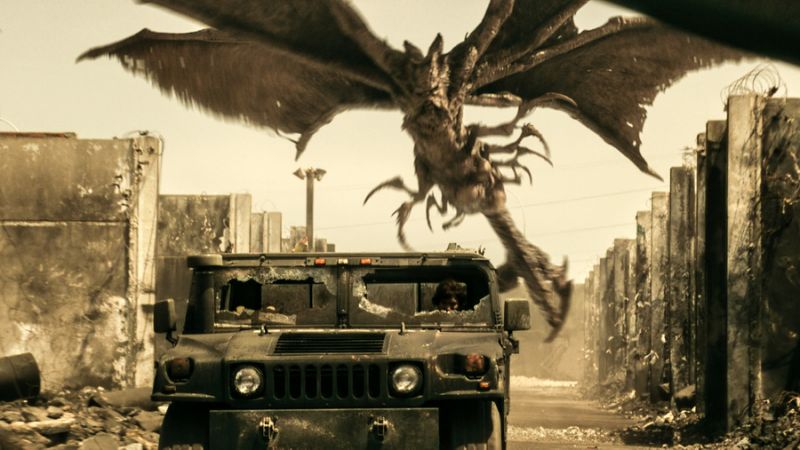
The only time that the action feels fine in this movie is during the big siege in the second act (yes, The Final Chapter features yet another skyscraper being overrun by zombies). The Final Chapter fires on all cylinders here, managing to get around several of its other missteps and it’s obvious that a hefty chunk of the budget went towards this one action sequence. It’s nothing we haven’t seen before, but Anderson does a good job of finding ways to add new dangers to the siege which need to be dealt with so that it’s not just a bunch of mindless bam bam pew pews. It probably would have meant more if we gave a shit about any of the survivors, but it’s cool seeing thousands of zombies get immolated at least.
What else can I say? The Final Chapter is yet another dose of Resident Evil, but it is loooong past the series’ stupid-fun days. Like Retribution before it, The Final Chapter is just loud and dull in addition to being stupid. I kept telling myself the whole time “Well… it’s better than Retribution at least… maybe?”, but the more I think about it, the more certain I am that The Final Chapter really is the worst Resident Evil movie. It takes everything that makes these movies suck and dials it up, while simultaneously knee-capping the action sequences so that you can’t find anything to enjoy. The fact that someone died and another person was maimed to bring this movie to life just makes it even more sickening to me. Resident Evil is finally dead and thank God for that.
3/10
So… where does the series go from here? Well, a more faithful reboot of the series is already well underway and it was recently announced that the cast include such great young actors as Kaya Scodelario and Robbie Amell, which gives me a lot of hope for this attempt. Hopefully they take a cue from the recent Resident Evil video games and make this film less action more horror. I may cover this film sometime in the future and add it to the retrospective, but we will have to see. Right now I’m just burnt out on this franchise and the prospect of even more zombies is depressing, even if I am cautiously optimistic about this reboot.
